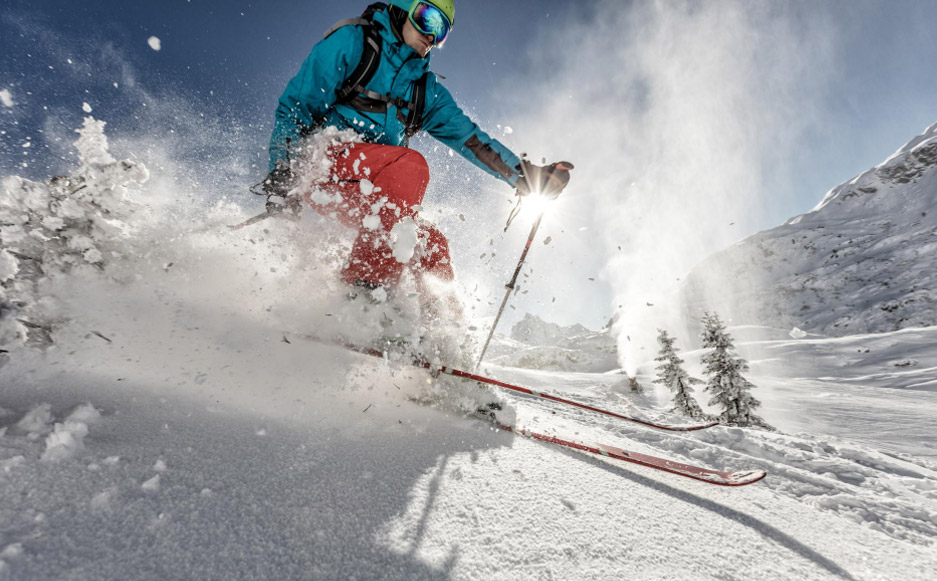
Navigating the slopes always carries an inherent risk of injury, yet passionate skiers embrace the thrill! Recent advancements in skiing gear have significantly lessened both the frequency and seriousness of knee injuries. Despite these advancements, sports injuries still remain an inherent part of the skiing experience. Let’s discuss why skiers face higher risks.
The knee is a complex joint made up of ligaments, tendons, muscles, and bones. Ligaments are strong bands of tissue that connect one bone to another and provide stability for the joint. The cruciate ligaments, found inside the knee allow for back-and-forth movement of the knee joint. The ligament located in the front of the knee is the ACL anterior cruciate ligament), and the PCL (posterior cruciate ligament) is located behind the knee. Both ligaments provide stability and support for the knee joint. The ACL is primarily responsible for holding the femur and tibia bones in place. Most commonly, ACL tears occur as a result of a sudden stop, abrupt change in direction, poor landing from a jump, or a direct hit.
Common ways skiers can injure their ACL:
- Landing a jump with incorrect form: Landing with too much weight leaned back can put pressure on the lower legs that are secured in your ski boot possibly resulting in a tear to the ACL.
- Phantom foot: This phrase is used when a skier tries to stand up to avoid a potential fall. When this happens their weight is transferred to the outside of one ski but the rest of their body turns away from that leg, often resulting in an ACL injury. It’s better to lean in the direction you’re falling and go with the momentum.
- Forward twisted fall: When the inside of a ski catches the snow while turning, it often results in a forward fall.
The best way to avoid an ACL injury is to take preventive steps. Most skiers don’t give a lot of thought to warming up and stretching before they hit the slopes. Many times muscles, ligaments, and tendons are cold, making them much more prone to injury. Skiers who don’t participate in other sports or activities throughout the year, may not be in shape and tend to push themselves at the beginning of the season. It’s crucial that you stay in good shape, listen to your body, and rest when needed. Many skiers admit to most injuries happening on “one last run” of the day when they are already fatigued. If you enjoy skiing and want to enjoy your season to the fullest, injury prevention should be your main goal.
AUTHOR: Dr. Anup Shah is a board-certified, fellowship-trained Sports Medicine Orthopedic surgeon specializing in Knee and Shoulder Surgery in Phoenix, Arizona at Banner Health. Dr. Shah uses a patient-centric and an evidence-based approach to help his patients achieve their desired goals.









